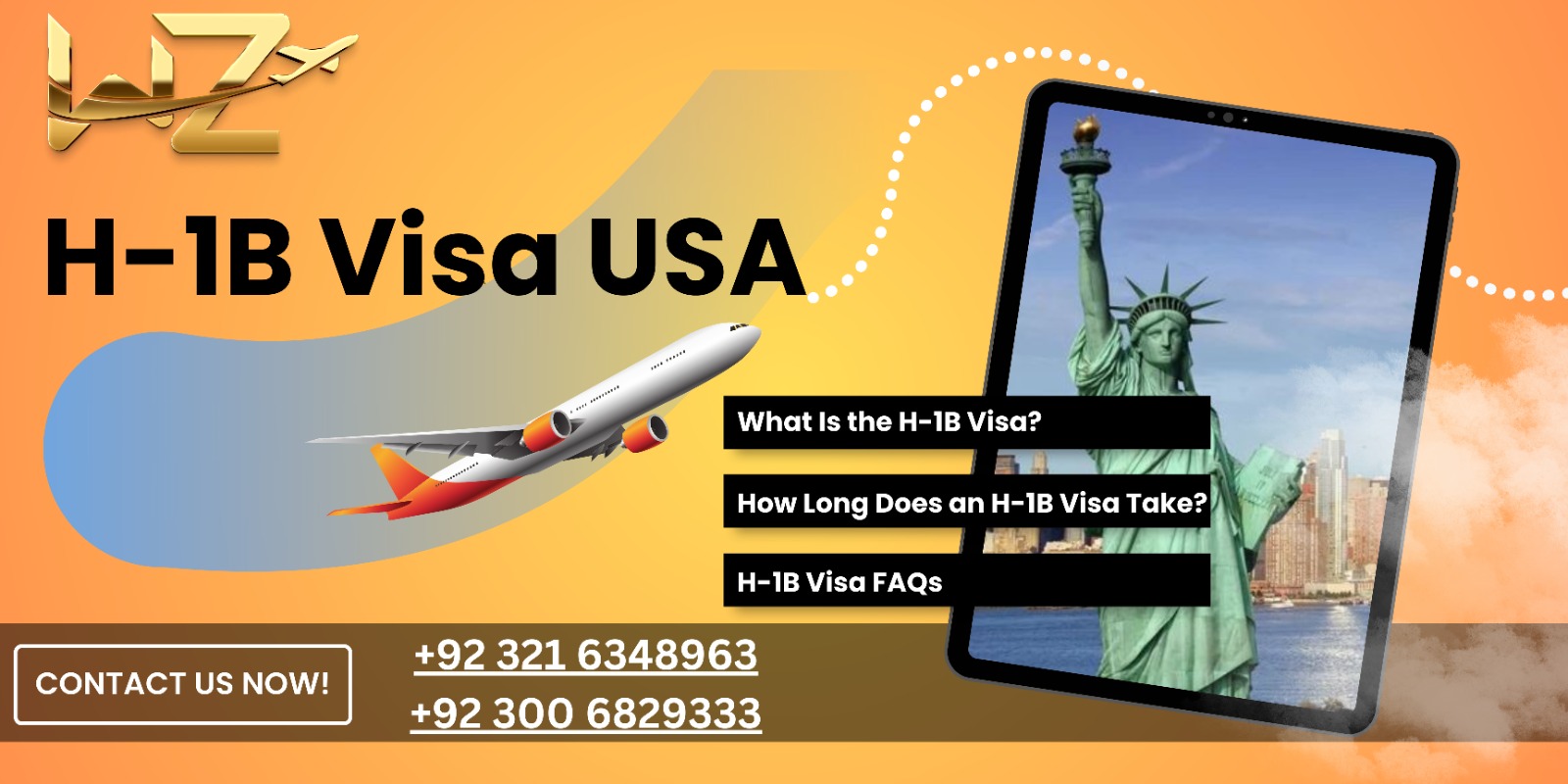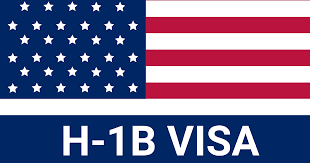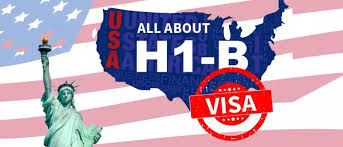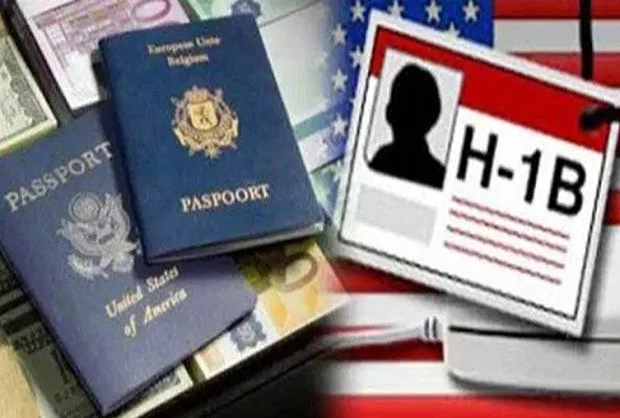13 A, Noon Avenue, New Muslim Town, Lahore, Punjab 54000, Pakistan

The H-1B visa program plays a vital role in the U. S. economy, allowing U. S. businesses to employ highly skilled foreign workers in specialized occupations. Whether you are an employer looking to attract top talent or a foreign national looking to work in the United States, understanding the H-1B visa process is essential. This comprehensive guide will walk you through all aspects of the H-1B visa, from eligibility requirements to application procedures and beyond.
The H-1B visa is a nonimmigrant visa that allows American employers to temporarily employ foreign workers in specialized occupations. These occupations usually require a bachelor’s degree or an equivalent degree in a specific field.
⦁ Specialty Occupation: The position must require theoretical and practical application of specialized knowledge, typically requiring at least a bachelor’s degree.
⦁ Employer Sponsorship: A U.S. employer must sponsor the foreign worker and file the necessary petitions with U.S. Citizenship and Immigration Services (USCIS).
⦁ the cap, a lottery system randomly selects which petitions will be processed.
⦁ Duration: H-1B status is initially granted for three years but can be extended.
⦁ Dual Intent: Holders can intend to immigrate permanently while on an H-1B visa

⦁ Access to a global pool of highly skilled talent
⦁ Fill skill gaps in the U.S. workforce
⦁ Remain competitive in a global market
⦁ Opportunity to work in the U.S. in their field of expertise
⦁ Gain valuable international work experience
⦁ Potential pathway to permanent residency (a green card)
To qualify for an H-1B visa, both the job position and the foreign worker must meet specific criteria:

⦁ Specialty Occupation: The job offered must qualify as a “specialty occupation” requiring:
⦁ A deep understanding of complex concepts (theory) and the ability to implement that knowledge to solve real-world problems (practice).
⦁ At least a bachelor’s degree (or something similar) in a subject directly connected to the role.
⦁ Labor Condition Application (LCA): The employer must file an LCA with the U.S. Department of Labor, certifying the following:
⦁ The H-1B worker will be paid the prevailing wage or the actual wage paid to other employees with similar experience and qualifications, whichever is higher.
⦁ The H-1B worker’s employment will not adversely affect the working conditions of U.S. workers similarly employed.
⦁ There is no strike, lockout, or layoff in the occupational classification at the place of employment at the time of filing.
⦁ Sponsorship and Petition Filing: The employer must sponsor the foreign worker and file ⦁ Form I-129, Petition for a Nonimmigrant Worker, with USCIS.
⦁ The employer must also complete the H-1B electronic registration process if subject to the annual cap.
⦁ Employer-Employee Relationship: There must be a valid employer-employee relationship, with the employer having the right to control the employee’s work.
For the Employee:
⦁ Job Offer: Have a legitimate job offer from a U.S. employer for a specialty occupation.
⦁ Work Experience: Depending on the specific occupation and degree, you may be required to demonstrate relevant work experience in the field.
⦁ Licensing: If the occupation requires a license to practice in the state of intended employment, the employee must generally possess that license before the H-1B petition can be approved.
⦁ Job Offer: Have a legitimate job offer from a U.S. employer for a specialty occupation.
⦁ Work Experience: Depending on the specific occupation and degree, you may be required to demonstrate relevant work experience in the field.
⦁ Licensing: If the occupation requires a license to practice in the state of intended employment, the employee must generally possess that license before the H-1B petition can be approved.

The H-1B application processing time can be unpredictable, influenced by factors like the annual cap, service center workload, and whether premium processing is used. Here’s a breakdown of the timing by phase of the process:
⦁ Processing Time: Generally takes a few weeks (can be faster with electronic filing).
⦁ Regular Processing: This can take several months, with current estimates ranging from 2-7 months, depending on the service center.
⦁ Premium Processing: Available for an additional fee, guarantees a 15-calendar-day processing time. The current premium processing time averages 10 days
⦁ Best-Case Scenario (with premium processing): ~3-4 months (registration, LCA, premium I-129 processing)
⦁ Typical Scenario (regular processing): 6-9 months or longer (registration, LCA, regular I-129 processing)
Copyright 2024 Wayena Zafar. All rights reserved.
WhatsApp us